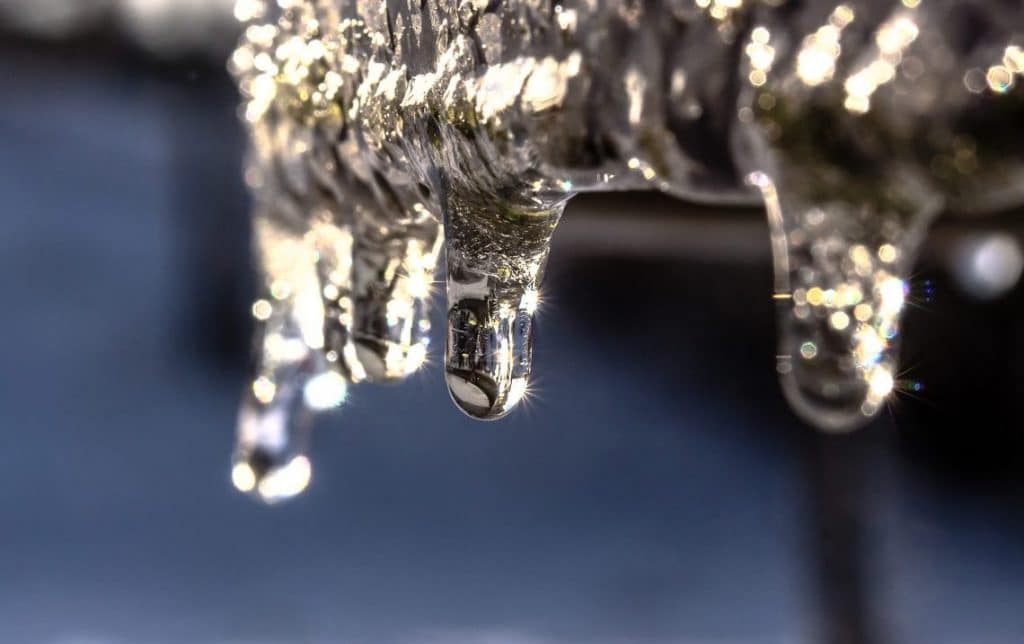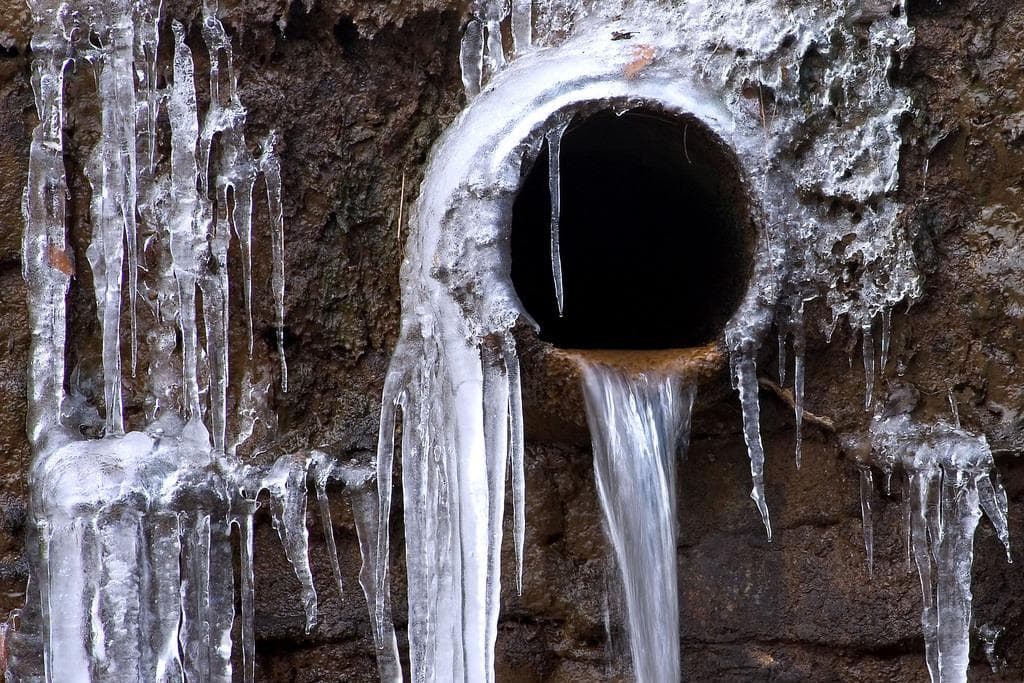We have uncovered this post relating to Prevent Frozen Pipes listed below on the net and decided it made perfect sense to write about it with you over here.

Cold weather can wreak havoc on your pipes, particularly by freezing pipelines. Here's how to avoid it from happening and what to do if it does.
Introduction
As temperature levels decline, the risk of icy pipes rises, potentially leading to expensive repair work and water damage. Recognizing how to stop icy pipelines is essential for homeowners in cool environments.
Comprehending Frozen Pipes
What triggers pipes to ice up?
Pipes ice up when subjected to temperatures below 32 ° F (0 ° C) for expanded periods. As water inside the pipes freezes, it increases, taxing the pipeline wall surfaces and possibly causing them to rupture.
Threats and damages
Frozen pipes can cause supply of water disruptions, residential or commercial property damages, and costly fixings. Ruptured pipelines can flooding homes and cause extensive architectural damages.
Signs of Frozen Pipeline
Identifying frozen pipes early can prevent them from rupturing.
How to recognize icy pipelines
Search for reduced water circulation from faucets, unusual smells or sounds from pipelines, and visible frost on exposed pipelines.
Avoidance Tips
Protecting at risk pipelines
Cover pipelines in insulation sleeves or use heat tape to protect them from freezing temperature levels. Concentrate on pipelines in unheated or exterior locations of the home.
Heating techniques
Keep indoor areas properly warmed, specifically locations with pipes. Open up cupboard doors to enable cozy air to distribute around pipelines under sinks.
Protecting Exterior Pipes
Yard hoses and exterior taps
Separate and drain yard hoses before winter months. Install frost-proof spigots or cover exterior taps with protected caps.
What to Do If Your Pipes Freeze
Immediate activities to take
If you suspect frozen pipes, keep faucets open to soothe stress as the ice thaws. Utilize a hairdryer or towels taken in hot water to thaw pipes slowly.
Long-Term Solutions
Structural modifications
Take into consideration rerouting pipelines far from exterior walls or unheated areas. Include added insulation to attic rooms, basements, and crawl spaces.
Upgrading insulation
Purchase high-quality insulation for pipelines, attics, and walls. Correct insulation helps preserve regular temperature levels and reduces the danger of icy pipelines.
Verdict
Stopping frozen pipes requires positive actions and quick responses. By understanding the reasons, indications, and preventive measures, house owners can secure their plumbing during cold weather.
5 Ways to Prevent Frozen Pipes
Drain Outdoor Faucets and Disconnect Hoses
First, close the shut-off valve that controls the flow of water in the pipe to your outdoor faucet. Then, head outside to disconnect and drain your hose and open the outdoor faucet to allow the water to completely drain out of the line. Turn off the faucet when done. Finally, head back to the shut-off valve and drain the remaining water inside the pipe into a bucket or container. Additionally, if you have a home irrigation system, you should consider hiring an expert to clear the system of water each year.
Insulate Pipes
One of the best and most cost-effective methods for preventing frozen water pipes is to wrap your pipes with insulation. This is especially important for areas in your home that aren’t exposed to heat, such as an attic. We suggest using foam sleeves, which can typically be found at your local hardware store.
Keep Heat Running at 65
Your pipes are located inside your walls, and the temperature there is much colder than the rest of the house. To prevent your pipes from freezing, The Insurance Information Institute suggests that you keep your home heated to at least 65 degrees, even when traveling. You may want to invest in smart devices that can keep an eye on the temperature in your home while you’re away.
Leave Water Dripping
Moving water — even a small trickle — can prevent ice from forming inside your pipes. When freezing temps are imminent, start a drip of water from all faucets that serve exposed pipes. Leaving a few faucets running will also help relieve pressure inside the pipes and help prevent a rupture if the water inside freezes.
Open Cupboard Doors
Warm your kitchen and bathroom pipes by opening cupboards and vanities. You should also leave your interior doors ajar to help warm air circulate evenly throughout your home.

I recently found that entry about Preventing and dealing with frozen pipes when doing a lookup on the web. Sharing is nice. You just don't know, you will be doing someone a favor. Thank you for taking the time to read it.
Top Article